Jeju Shinhwa World Marriott Resort (메리어트관 제주신화월드 호텔 앤 리조트)
17.3Km 2024-04-02
38 Sinhwayeoksa-ro 304beon-gil, Andeok-myeon, Seogwipo-si, Jeju-do
+82-1670-8800
The Jeju Shinhwa World Marriott Resort, a premier Marriott establishment centrally located within Jeju Shinhwa World, offers 527 guest rooms across its East and West Buildings. With 30% of these being connecting rooms, the resort caters excellently to groups of friends traveling together. The premium rooms and those at higher rates on the 6th floor are especially distinguished by their hinoki wood baths, lending an extra touch of luxury. The resort’s "Mosil" area, inspired by the iconic Seongsan Ilchulbong Tuff Cone of Jeju, features a 25-meter lap pool, complemented by both indoor and outdoor swimming areas, a children's pool and a playground, and an outdoor pool area. Wellness facilities include a spa with seven treatment rooms, a fitness center of practical size, and a sauna, ensuring guests can maintain health and relaxation. Additionally, the resort boasts the Sky on 5 Grill, known for its splendid views, and a sophisticated fine dining restaurant that showcases world-renowned chefs.
Manor Blanc (마노르블랑)
17.4Km 2024-02-20
46 Iljuseo-ro 2100beon-gil, Andeok-myeon, Seogwipo-si, Jeju-do
Manor Blanc is a café that features a beautiful garden adorned with hydrangeas in summer, pink muhlies in fall, and camellias in winter. From late fall to winter, the café also offers citrus picking experiences. Their drink menu includes homemade hallabong ade, green tangerine ade, and Jeju lemon ginger ade. Visitors can enjoy the views of Sanbangsan Mountain and Seogwipo Sea from the second floor of the café.
Jeju Camellia Arboretum (제주동백수목원)
17.5Km 2025-03-31
288 Taewi-ro, Seogwipo-si, Jeju-do
Jeju Camellia Arboretum is home to Korea's largest colony of Camellia sasanqua, a minature camellia species. The arboretum is part of Wimi Camellia Habitat, a beautiful forest protected as a natural monument of Jeju.
Jeju Island Special Tourist Zone (제주도 관광특구)
17.5Km 2025-05-20
Jeju-do
+82-64-740-6000
Located to the southwest of the Korean Peninsula, the island of Jeju is Korea's largest tourist destination. The entire island has been designated as a special tourist zone, and it's easy to see why: there is hardly any spot on the island that is not photogenic. Unlike mainland Korea, which has a temperate climate, Jeju boasts a climate that is closer to subtropical. Hallasan Mountain, lying at the center of the island, is surrounded by 368 parasitic cones, known as "Oreum." Eleven beaches have been designated as tourist beaches, but including those that are not officially designated, the island features nearly thirty beaches in total. Famous beaches include Iho Tewoo Beach, Samyang Beach, Hyeopjae Beach, Geumneung Beach, and Gwakji Beach. Jeju's renowned Olle Trails, a system of hiking paths, span a total length of 425 kilometers and would take about fifteen days to complete in their entirety.
Hallasan Mountain [National Geopark] (한라산 (제주도 국가지질공원))
17.7Km 2024-12-03
2070-61 1100-ro, Jeju-si, Jeju-do
+82-64-710-3945
Hallasan Mountain stands proudly at the center of Jeju Island and is perhaps the island’s most memorable landmark. Also called Yeongjusan Mountain, meaning "mountain high enough to pull the galaxy," Hallasan Mountain is widely known by scientists for its geological value. Designated as a national park in 1970, there are 368 parasitic cones called "oreum" (Jeju dialect meaning peak) around the main mountain.
Hallasan Mountain is famous for its vertical ecosystem of plants that results from the varying temperatures along the mountainside. Over 1,800 kinds of plants and 4,000 species of animals (3,300 species of insects) have been identified; to explore the mountain's treasures, simply follow one of the well-developed hiking trails.
Hallasan Mountain Trekking (한라산 트레킹)
17.7Km 2020-06-25
2070-61, 1100-ro, Jeju-si, Jeju-do
+82-64-740-6000
Situated on the southern tip of the Korean Peninsula, Hallasan is 1,950 meters in x_height and is the highest mountain in South Korea. Formed from volcanic activity, the mountain is a dormant volcano made mostly of basalt. Home to the magnificent Baekrokdam (lake-filled crater), the mountainside is covered with alpine flora and lush trees.
The mountain is characterized by majestic cliffs, steep slopes, interesting rock formations, and, in particular, myriads of colorful azaleas. There are over 360 small mountains (uniquely-shaped volcanic mountains called “Oreum” in Jeju dialect) surrounding Halla Mountain that offer new delights to visitors with the coming of each new season. Along with Hallasan, the oreums were officially named the Hallasan Natural Protection Area (Natural Monument No.12) in 1966.
There are six hiking trails along Hallasan. Seongpanak Trail on the east and Gwaneumsa Trail in the north go all the way up to the summit (Baekrokdam). Those looking for a less rigorous hike are advised to take the shorter trails reaching midway up the mountain. All trails are relatively short (less than 10 kilometers) and can be hiked in less than a day. Visitors are advised, however, to start early in the morning if planning on hiking up to the summit and to check official operating hours, as some trails are only open during certain hours of the day. Keep reading for information on some of the most popular trails.
* Gwaneumsa Trail (North)—Summit Trail
Gwaneumsa Trail offers hikers the best view of Hallasan’s deep valleys and stunning terrain. Midway along the trail is Guringul (a lava cave) and Tamna Valley. Tamna Valley is especially beautiful during the fall when the leaves are changing and during the winter when the entire area lays under a dusting of snow.
* Seongpanak Trail (East)—Summit Trail
This relatively long, gently sloping trail is perfect for beginners. Lush broadleaf trees give shade from the beating sun and in spring the azaleas bloom and turn the mountainside into a dazzling array of color.
* Eorimok Trail (Northwest)
This short trail is another relatively easy trail for beginners. In spring, the nearby meadows are adorned with red royal azaleas. From the stone pathway to Mansedongsan visitors can catch a breathtaking panoramic view of the countryside and the island’s signature Oreums.
* Yeongsil Trail (Southwest)
As the shortest trail in Hallasan, this trail boasts Yeongsilgiam (a spectacular cliff with series of unusual rock formations). It is covered with azaleas and royal azaleas in spring and vibrant autumn foliage starting in October.
Daejeonghyanggyo Confucian School (대정향교)
17.8Km 2019-12-26
165-17, Hyanggyo-ro, Andeok-myeon, Seogwipo-si, Jeju-do
+82-64-742-8866
Daejeonghyanggyo was a Confucian school during Joseon Dynasty. Although the exact date of construction is uncertain, it is estimated that the building was built around the same time as Daejeonghyeon in 1416.
The school was originally located inside Bukseong but it was once moved outside of Dongmun and then again to the site of Seoseong. It was finally moved to Dansan Oreum where it remains to this day. At present, Daejeonghyanggyo Confucian School consists of Daeseongjeon, Myeongryundang, Dongjae, Seojae Shinsammun, Daeseongmun, Dongmalmun and Dongjeongmun. Daeseongjeon was remodeled in 1669, 1688, and 1752. Myeongryundang was rebuilt in 1772. After several instances of remodeling and rebuilding, Daeseongjeon was remodeled again in 1993. The Confucian school was designated as the Jeju Tangible Cultural Asset No. 4 in August 1971.
Songaksan Mountain (송악산)
18.0Km 2024-12-02
421-1 Songakgwangwang-ro, Daejeong-eup, Seogwipo-si, Jeju-do
Songaksan Mountain is a mountain formed by underwater volcanic activity, characterized by its dual volcanic cones, which hold significant geological value. Along the Songaksan Trail, hikers can enjoy breathtaking coastal landscapes, including views of Hyeongjeseom Island, Gapado Island, and Marado Island. The trail is not too challenging, making it accessible to all, although it can be windy. The coastal area at the foot of the mountain is also renowned for fishing spots.
Elysian Jeju Country Club (엘리시안 골프 제주)
18.1Km 2022-12-26
1738-116, Pyeonghwa-ro, Jeju-si, Jeju-do
+82-64-798-7001
Located in Aweol-eup on Jeju Island, Elysian Jeju Country Club is a prestigious golf course well known by Korea’s golf aficionados. Not just an ideal place to enjoy a round of golf, the country club also has space that can be booked for business seminars and other events. In addition, the country club provides lodging facilities, a driving range, swimming pool, and spa services to guarantee their guests a perfect vacation.
Little Prince Citrus Orchard (어린왕자감귤밭)
18.5Km 2024-02-20
45-1 Chusa-ro 36beon-gil, Daejeong-eup, Seogwipo-si, Jeju-do
Little Prince Citrus Orchard is a café located in an 8,000 square meter palm grove, enriched with Jeju scoria. The café's citrus orchard is home to 11 species of animals, allowing visitors to feed them with any drink order. In winter, the citrus harvest season, they also offer a citrus picking activity. Their signature offerings include the fresh green tangerine smoothie and hallabong smoothie.
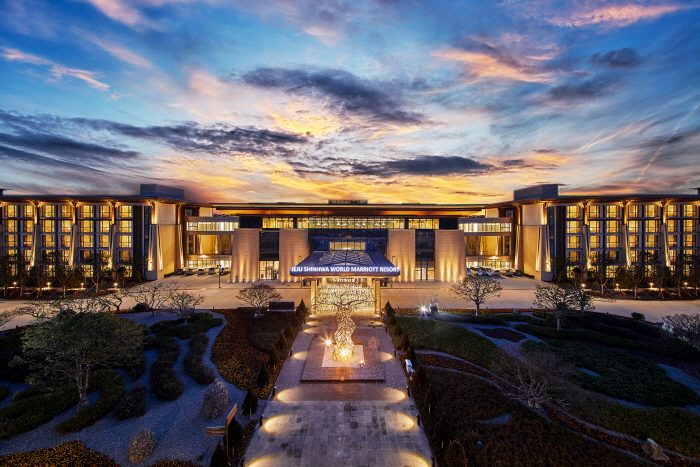

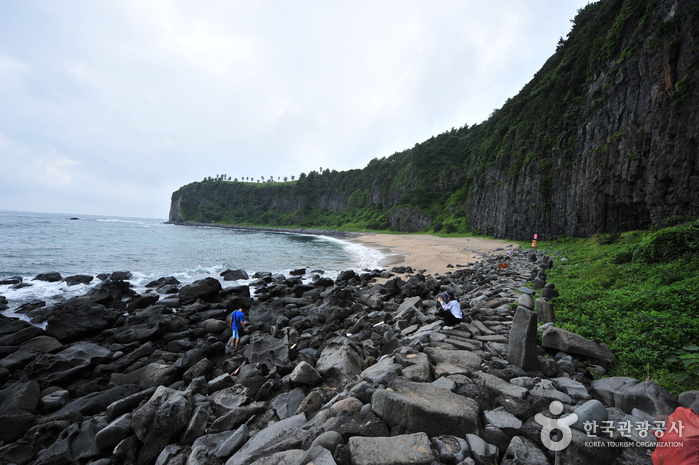
![Hallasan Mountain [National Geopark] (한라산 (제주도 국가지질공원))](http://tong.visitkorea.or.kr/cms/resource/98/2870098_image2_1.jpg)
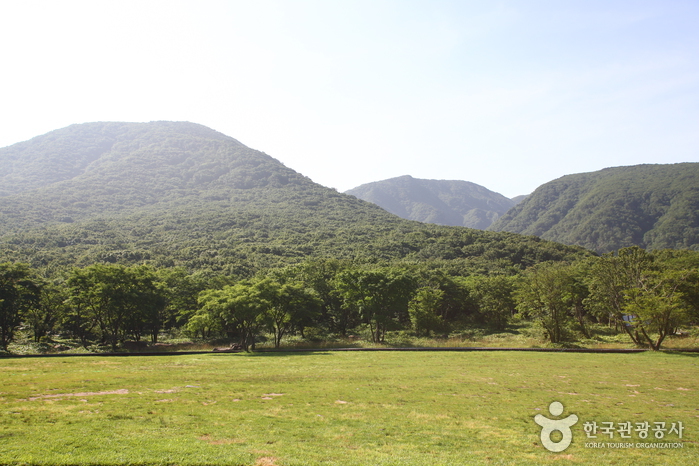
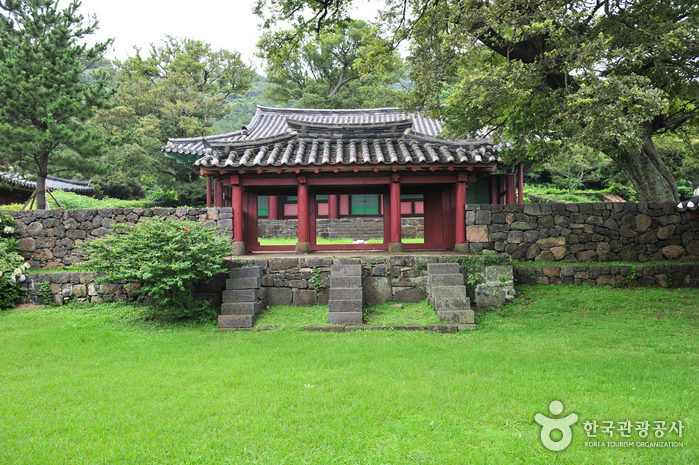

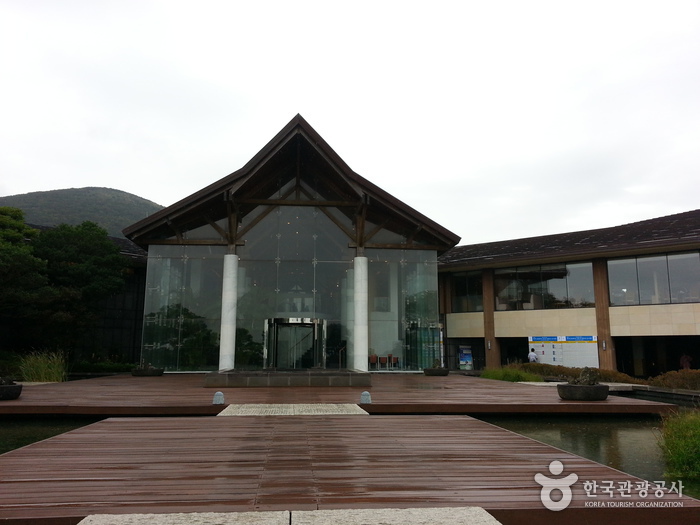
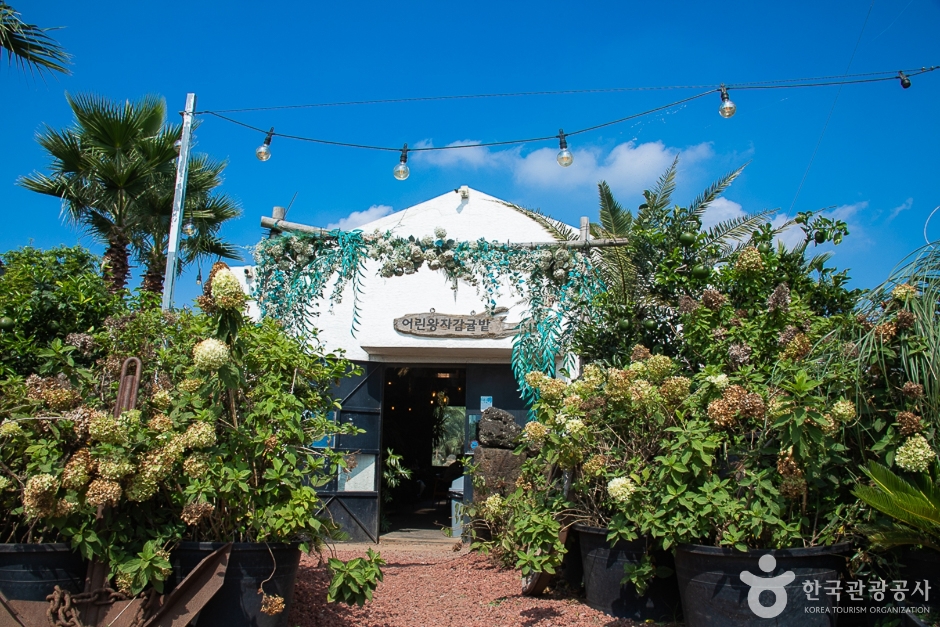
 English
English
 한국어
한국어 日本語
日本語 中文(简体)
中文(简体) Deutsch
Deutsch Français
Français Español
Español Русский
Русский